Launched a decade ago under the expert guidance of UK crime writing expert Martin Edwards, British Library Crime Classics is a series of lovingly re-published mystery novels from Britain’s Golden Age of Detective Fiction.
Between the beautifully evocative covers, you’ll find country house stranglings, poisonous goings on in picturesque villages, gunshots at the seaside, and bloody revenge worked in first-class railway carriages.
This is British crime at its most well-mannered. There’s nothing here to put the characters off their scones and clotted cream, which is a pity since they may well be laced with arsenic…
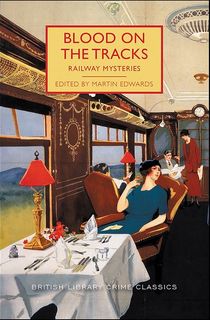
Blood on the Tracks
A compilation of classic crime tales set on the railways selected by the reliable Edwards who also—as in all the British Library Crime Classics series—provides an informative introduction along with potted biographies of the authors.
Trains feature heavily in Golden Age mysteries and so it is little surprise that there are some genuinely memorable yarns here—including R Austin Freeman’s superb Dr John Thorndyke tale, “The Case of Oscar Brodski” and Baroness Orczy’s characteristically smart “The Mysterious Death on the Underground Railway” featuring her armchair sleuth, The Old Man in the Corner.
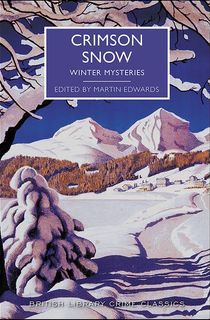
Crimson Snow
This top-class collection of mysteries set in winter, includes tales by British mystery stalwarts Michael Gilbert, Julian Symons, and Josephine Bell, alongside a couple of spooky tales by Fergus Hume and Victor Gunn that have the chilly atmosphere of the traditional Christmas Ghost story.
There’s also an entertaining Sherlock Holmes pastiche (S.C Roberts’ “Christmas Eve”) and a fun yarn by the great Margery Allingham in which Albert Campion foils a singular crime at a Christmas Party.
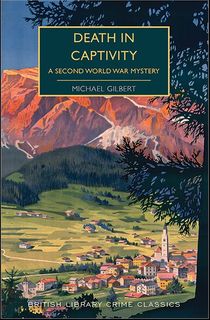
Death in Captivity
Michael Gilbert is one of the unsung heroes of British crime writing, the author of gently witty but hard-edged crime novels that span the gap between hardboiled US crime and the UK’s cozier version.
Death in Captivity (originally published in 1952) is a perfect summary of his style. The plot reads like that of a standard country house whodunnit—a body found, a group of upper-class suspects, an amateur sleuth—but what marks the book out as very different from your average Agatha Christie is that the novel is set in a World War Two POW Camp for Army Officers.
Sharp and gritty, it’s a great introduction to Gilbert’s work.

Resorting to Murder
When a detective goes on holiday you can be more or less certain that he’ll no sooner have rubbed in the suntan lotion than he’ll find a body at the bottom of a cliff.
Little wonder then that Edwards has compiled this entertaining cluster of stories featuring vacationing sleuths. Amongst them, you’ll find Holmes and Watson in Cornwall and Dr Thorndyke by the seaside.
Of the less celebrated authors, the stand out is Gerald Findler whose tightly wrought tale of a writer taking a break in the Lake District only to be woken one night by the sound of a woman screaming is wonderfully rendered.
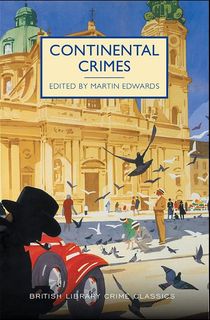
Continental Crimes
When British detectives go on holiday in England it is dangerous, when they cross the Channel things become even more bloody and hazardous—as this collection, clearly demonstrates.
Included are a headless body in a Parisian Garden and a drowned corpse on the Italian Riviera. Outstanding yarns here include J. Jefferson Farjeon’s Poe-like mystery about a secret tower in a fairy-tale German castle, Arnold Bennet’s intriguing story of jewelry theft in the Belgian city of Bruges, and Sir Arthur Conan Doyle’s Holmes-less revenge tale that takes place in the macabre darkness of the Roman catacombs.
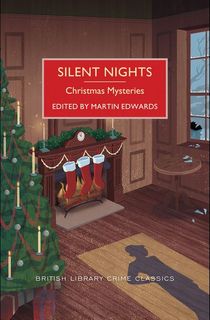
Silent Nights
Edward’s collection of tales set during the Festive Season features stories by heavy hitters such as G.K Chesterton, Dorothy L. Sayers, and Sir Arthur Conan Doyle, but it’s the less celebrated authors who deliver the best mysteries in the book.
Ethel Lina White (best known as the author of The Lady Vanishes) gives us “Waxworks”, a disturbing 1930s psycho-drama set in a grim small-town wax museum. Joseph Shearing serves up chills and thrills in “The Chinese Apple”—in which a wealthy English woman returns from Italy to take up residence in her childhood home with a rather sinister niece, while Raymond Allen’s “A Happy Solution” is a brain-burning locked room mystery based around a chess match.
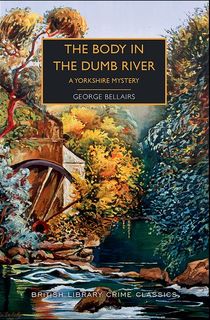
The Body in the Dumb River
Lancashire bank manager George Bellairs wrote close to fifty mystery novels featuring Scotland Yard detective Inspector Thomas Littlejohn. This satisfyingly well-plotted murder yarn (originally published in 1961) is an excellent introduction to his work.
In it, the intelligent and compassionate Littlejohn is called in to investigate the death of Jim Teasdale, an apparently blameless and ordinary Yorkshireman whose stabbed body has inexplicably turned up in a river in Cambridgeshire.
To solve the crime Littlejohn must piece together the details of Teasdale’s humdrum life, to uncover both motive and criminal.
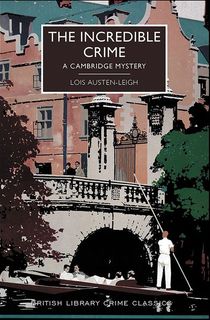
The Incredible Crime
Lois Austen-Leigh was a distant relation of celebrated English novelist Jane Austen and there’s something of her ancestor’s slyly witty style about the four mystery books she wrote in the 1930s.
The Incredible Crime is set at Cambridge University. In it, sharp-tongued heroine Prudence Pinsett investigates a band of smugglers who are illegally importing hallucinogenic drugs into England.
Part crime caper, part comedy of manners, it’s as light and frothy as the blancmanges the characters eat for dessert.
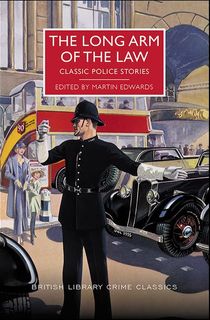
The Long Arm of the Law
Edwards does more good work in this selection of classic mysteries featuring British Bobbies.
Standouts include a brilliantly plotted “inverted” detective story by that master of the style, Freeman Wills Crofts; Christianna Brands’ grisly tale of a slaying that follows a theatrical production of Othello and the prolific John Creasey’s emotionally-charged story of an arguing couple, “The Chief Witness”.
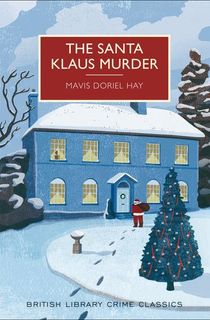
The Santa Klaus Murder
Mavis Doriel Hay wrote just three mystery books during her career, all in the mid-1930s.
This is the first of them (the other two are also part of the British Library Crime Classics series). It’s a sparkling country house mystery that sees a family Christmas gathering turn bloody when the patriarch is discovered on Christmas Day with a bullet in the brain by a guest dressed as Santa.
Hay was well-regarded by her contemporary Dorothy L Sayers and it’s easy to see why.

The Story of Classic Crime in 100 Books
Martin Edwards tells the story of Britain’s great age of detective fiction from Watson’s fateful meeting with young Sherlock Holmes to the start of World War Two by looking at 100 classic works from the period.
While the author deftly shows the importance of well-known titles by the likes of Agatha Christie and Anthony Berkeley, he also shines new light on forgotten or over-looked gems including GDH and M Coles’ superb “inverted” detective tale “End of an Ancient Mariner” and “Death at Broadcasting House” by Val Gielgud, brother of actor Sir John Gielgud.
Featured image: Angelo Abear / Unsplash
